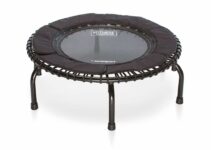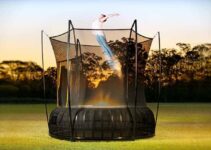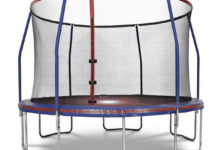When I was growing up, my mother was my greatest role model. Work ethic was her defining characteristic and this was obvious from the fact that she would push my twin sisters everywhere in their double stroller.
This meant steep hills, rain that came down sideways and long walks to do simple administrative tasks. I grew up with the strongest woman, or human, I’ve ever known setting my expectations of what a new mother could be.
In this article, we’re going to take you through how you can return to fitness and exercise in a way that is well-structured and walks the line between safety and self-empowerment. This is all about regaining control of your body, developing confidence and achieving the shape of your life after pregnancy.
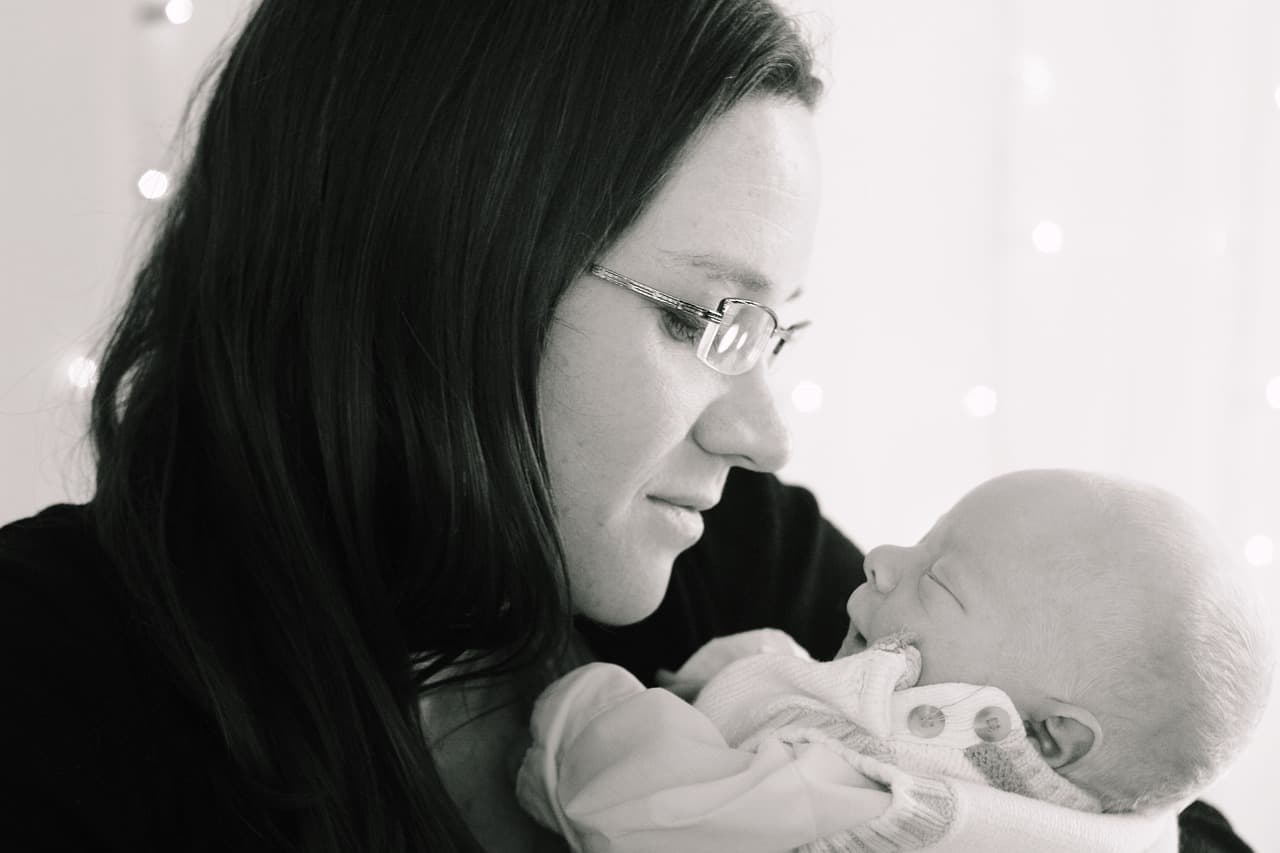
Exercise for New Mothers
If you’re a new mum, you’re already familiar with the highs and lows that motherhood entails: your nights are sleepless, and your days are spent running around after baby.
It seems counter-intuitive to expend any of your remaining energy on exercise. However, this article is going to share why this is exactly what you should be doing and we’re going to teach you one of the best approach.
Advantages of Postpartum Exercise
Postpartum exercise has profound benefits. Taking part in some gentle exercise will elevate mood and assist your body in recovery from pregnancy and labor.
Mothers who exercise regularly after their baby is born are shown to be less anxious, and less prone to postpartum depression. Exercising mothers also feel more energetic.
Increased energy levels are tied to endorphins such as serotonin that are released during exercise. Combining regular exercise with healthy eating will also help if you are trying to get you “post-baby body” and get back to the shape of your life.
This is the best way to gradually lose the weight that you gained during pregnancy: losing the baby weight slowly and in a healthy manner will mean you’re more likely to keep the weight off and continue progressing.
How Soon is TOO Soon?
You should start doing your pelvic floor exercises as soon as possible after giving birth, but in a gentle and controlled manner. Working the Pelvic floor will help to protect you against stress incontinence and condition the muscles surrounding the vagina and rectum.
You can also start doing gentle exercises for your abs by simply squeezing you lower abdominal muscles – this will help them to regain some strength and neural control. Beyond this, you should focus on your doctor’s advice, which will depend on your personal situation. Pregnancy is a long and complicated process, and patience is a key virtue here.
Pre-Pregnancy Factors Affect your Recovery
If exercise was taken regularly during your pregnancy, and you had a normal labor and birth, you should be able to carry on with light exercise and stretching as soon as you feel comfortable and confident doing so.
A sedentary lifestyle pre-baby may complicate things as you’re going to have a slower recovery, worse mood, and need to set a foundation for exercise.
Whatever you circumstance, patience and a focus on being gentle is the key to healthy post-baby exercise. Hormones released during pregnancy, postpartum and during breast feeding can have an effect on your joints for several months after your delivery date – so be careful and avoid taking part in high-impact activity too soon.
Myth-Busting: Exercise and Breastfeeding
One important myth to dispel is that exercise has an affect the quality or quantity of your breast milk. While exercise does require you to drink more water and eat accordingly to provide nutrients for your baby, exercise is a good way of regulating your hormones and improving your overall health.
The only real action you need to take is investing in a high-quality, shock-absorbing sports bra for your return to exercise!
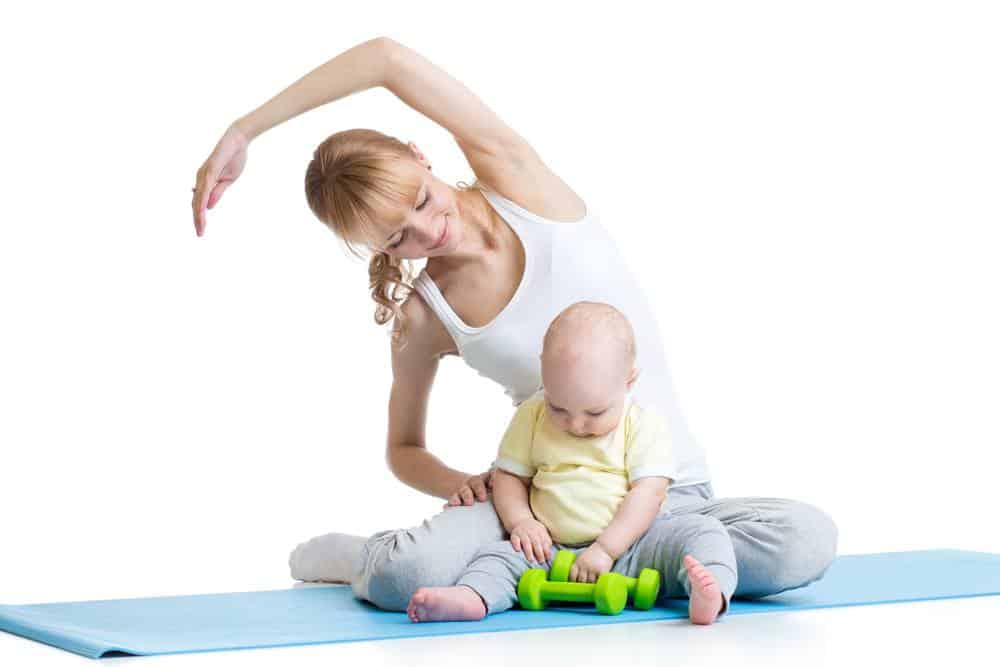
What Types of Exercise are Suitable?
A big factor in determining what type of exercise you can do, and should do, will be how much free time you can make around caring for your baby. You might find it easiest to begin with exercising at home.
Gentle stretching, Pilates and yoga are all options that you can fit in around your baby’s schedule without equipment or excessive stress.
Types of Exercise
The key for weight loss and building a fitness baseline is a combination of cardio and strength training. Burning calories through cardio and rebuilding your muscles with strength training will allow you to see changes in your body and fitness quickly.
Core work should be your main focus as it will assist in postural alignment and reduce the strain that pregnancy placed on the muscles.
Motherhood is going to require you to possess a certain level of physical strength. There is lifting, carrying, and twisting involved, so you shouldn’t shy away from strength work.
Work towards rebuilding baseline levels of strength and movement: you are not going to get big and bulky! Think about it: if you could get huge easily, you’d see far more muscular men around.
Time-Restraints: Fitting Fitness into your Life
You should also remember that it is not necessary to set aside large chunks of your time for exercise. Short burst of exercise can be just as effective if planned and performed properly.
High-Intensity Interval Training is all about performing exercise alternating between high- and low-intensity and can cut your workout time down to 20 minutes. This is going to be a much easier fit for a new mother’s schedule.
With all this in mind, aerobics-style activities are one of the best types of exercise you can perform. This includes everything from running and cycling to burpees and unweighted lunges.
These workouts can be done using bodyweight exercises or you could get baby involved too – consider the virtues of a jogging stroller or baby sling. The latter might become necessary depending on your baby’s temperament and your exercise and childcare needs.
Exercise, Socialize
Fitness classes that encourage you to bring your baby along are another excellent opportunity to get active after giving birth. No need to look for a baby sitter – simply put your baby in her stroller or infant car seat and take her with you.
These sessions will be provided by a qualified fitness instructor and provide a workout plan aimed at mothers getting back to fitness.
You will also have the opportunity to socialize and meet friends who understand the unique difficulties of balancing your health and fitness with childcare. This support and understanding is great for sticking to exercise.
Structuring Exercise for Progression
Structuring your exercise is a key part of putting together amazing performance and an amazing physique, whatever your current fitness level or needs. Whether you’re a new mother or your kids are full-grown, this is an important structure to maximize your results.
Progression is a key facet of developing any athletic quality, so it’s important to know how to approach it.
Progressive overload is simply the idea that progress happens when you consistently challenge yourself to do more than you have before. Obviously, there’s a limit to this, and it is important to temper progressive overload against caution and safety.
Don’t rush yourself to progress faster than your body is willing: your body doesn’t do anything quickly and patience will make the whole process easier.
Progression and Exercises
Different exercises have different patterns for progression and different ways of making them easier or harder. For example, a squat can be made harder by adding weight or easier by holding onto a post or doorframe, but a gymnastic exercise is going to have different specifics.
This makes it hard to give a “one-size fits all” approach, but there’s a definite plan for improving movement quality and developing your strength and fitness training.
1. Moving Safely
This is as simple as being able to perform simple, unweighted movements without pain or excessive discomfort. This is the stage mentioned above about recovery: if you experience pain anywhere during movements like air squats, lunges or push-ups, stop doing them!
You need to be comfortable moving before you can develop a base of fitness but pushing yourself too early is only going to harm your long-term progress.
2. Moving Safely with Control
This is a little more complicated than the previous pointer. Moving with control focuses on movement quality in more challenging exercises like planks and other key positions. This means stability and balance exercises, as well as lots of core exercises, to ensure that you’re healthy and structurally-stable to perform future exercise.
This is the kind of exercise we see in Pilates classes, yoga and various forms of training. Focus on single-legged movements, bodyweight exercises, and developing foundational strength and mobility.
If you can’t hold a plank for 30 seconds and a side-plank for 15, and lunge without falling over, you have no business performing heavy barbell movements.
3. Moving Safely, with control, under load
Once you have basic stability and balance, it’s time to start adding weight. Progressive overload is easy with a barbell because you can put a number on your last workout.
Start with the barbell in key movements like the squat, overhead press, barbell row and deadlift and add small amounts of weight once you are able to perform the previous weight with relative comfort.
This includes adding weight (or other forms of difficulty) to some basic exercises like planks and lying leg raises, which will continue to develop core strength – especially important after the distorting effects that pregnancy can have on these important spine-stabilizing muscles!
4. Moving powerfully with control
Power is one of the most under-rated athletic capabilities, despite being incredibly important. Power exercises like jumps and throws are an amazing way to develop fitness and athleticism, as well as improving your safety as you reach advanced age.
Simple jumps can be performed from early on, but they should only be a large part of your training when you have a solid base of strength and control, as they introduce unpredictability and impact.
Progressing: When are you Ready?
For a beginner in strength and fitness training, the best way to develop your fitness is to progress by volume, not intensity. Volume is all about how much work you do: how many reps per set, how many sets per exercise, and how many exercises per session.
This means reaching repetition goals before increasing weight, or increasing your mileage gently on endurance workouts, rather than rushing to increase your pace.
Using higher rep schemes as a way of progressing is much easier that just adding weight when you feel like it: this method forces you to improve your movement quality and strength before adding extra weight.
This means starting with sets of 5-8 repetitions and adding repetitions until you can perform 10-12, then adding weight and starting the process again.
Focusing on sustainable progress and movement quality is an amazing way to keep your joints healthy, develop the right muscles, and ensure that you don’t hit any frustrating plateaus in future.

Aside: Nutrition and Postpartum Health
While exercise is a great way to empower yourself and feel normal again after (approximately) 9 months of being careful, it is not the only aspect of fitness and health.
Nutrition plays a key role in the way your body works post-pregnancy, in the fitness process, and especially where the two overlap!
Calories and Macronutrients
Calories are your starting point: the number you eat will determine what your body does: eating more calories than you use will mean weight-gain, whereas less than you use will mean weight-loss.
The constitution of the foods that make up these calories will contribute to what weight you gain or lose: protein contributes to fat loss and muscle gain, fats are essential for hormonal health, while carbohydrates are fuel for exercise and effort.
Your diet should focus on high-quality foods in all three categories: lean proteins such as salmon and beef, healthy fats from fish and plants (such as avocados, oils, nuts and seeds), and carbohydrates from wholegrains and beans/legumes. These are healthy foods that will contribute to your wellbeing and mental health as well as a better physique.
Nutrient-Dense Plant Food
The last nutritional point we have time for is a simple one: eat your veggies! Fruit and vegetables, but particularly the latter, are packed with fiber and nutrients like vitamins and minerals.
These are key to improving your health and wellbeing, but they also make you feel fuller faster, making it easier to stick to a low-calorie diet and lose weight.
If you’re struggling to maintain your diet because you’re hungry, try eating more plant foods with your meals to fill you up and switch your snacks for blueberries or similar healthy fruits!
There’s a lot more to nutrition and we’ll provide you with further guidance, but for now the simplest way to proceed is to cut the junk and stick to produce where possible. It might not be as comforting all the time, but it means better health for you (and your baby if you’re breastfeeding).
Closing Remarks
We understand that returning to exercise after pregnancy can be an intimidating process if you’ve never taken fitness seriously before, or a disheartening process if you’re a seasoned enthusiast. However, motherhood is no reason you can’t achieve the best shape of your life if you want it, and this article is all about easing back into it.
This is the key principle of this article: be gentle with yourself, treat exercise with respect and learn how to move before you rush into progression. To reiterate, the body doesn’t do anything quickly and it’s important to remember that this is a long-term commitment to long-term change and health!


